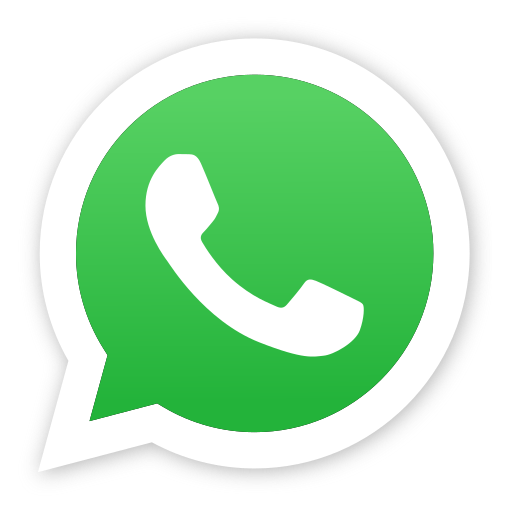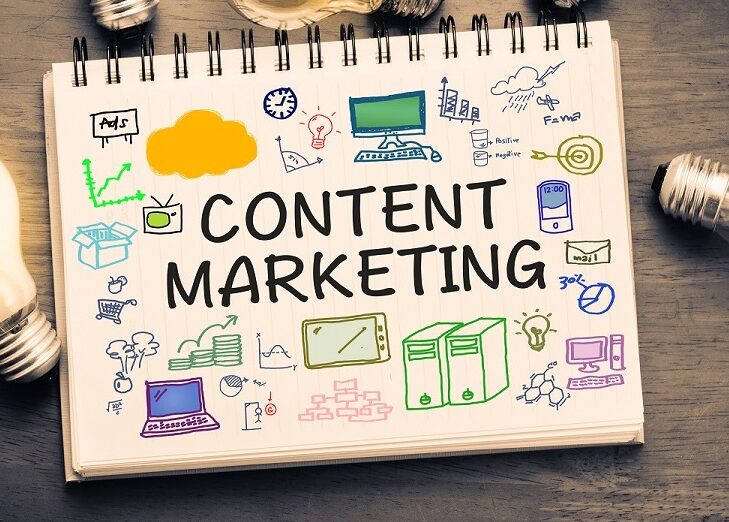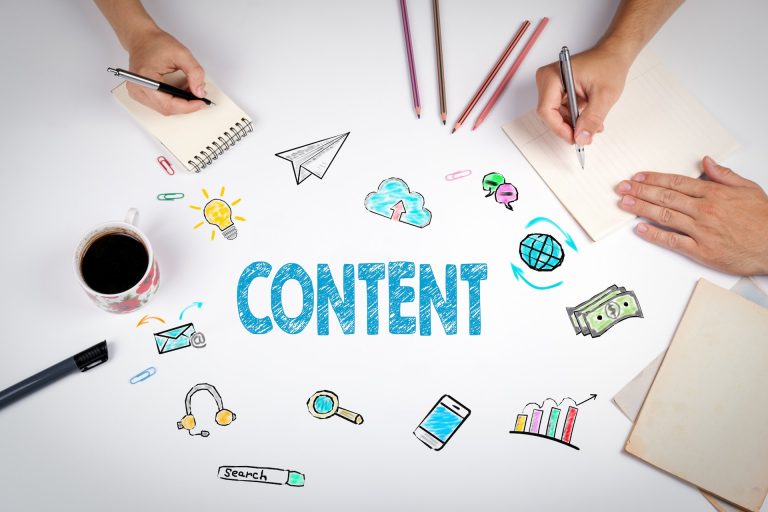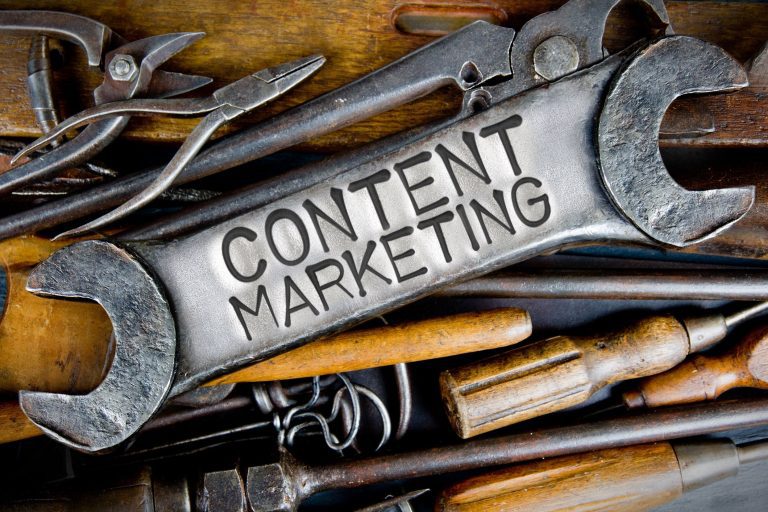The Ultimate List of LinkedIn Lead Generation Strategies for 2023
Did you know that 94% of B2B marketers use LinkedIn for lead generation? That’s a higher percentage than for any other social media network. Perhaps this is unsurprising when you consider that LinkedIn is a business-focused social network. After all, when people log onto their LinkedIn accounts, they expect business-related content. This content includes LinkedIn Lead Generation attempts.
Here’s another important consideration — a whopping 75% of LinkedIn users have an income over $55,000. This isn’t a coincidence. In fact, LinkedIn has a more well-heeled clientele precisely because of the percentage of users who are in middle or upper management. Those professionals make a lot of money!
With that said, the more important issue for LinkedIn marketing is making sure that you can generate leads without getting in trouble with the platform. Likewise, when you consider that business decision-makers receive a lot of marketing material over the course of a week, it’s easy to see why B2B LinkedIn marketing requires so much attention to detail.
Fortunately, we have some recommended best practices that will help you with LinkedIn Lead Generation and also reduce the chances that you’ll get in trouble for sending spam.
A few things you shouldn’t do
Before we talk about best practices for LinkedIn marketing, let’s take a look at some techniques that will get you in trouble. You might be temporarily shut down by the platform, or you could face more severe penalties. But either way, it’s critical to avoid LinkedIn’s wrath. Here are the three things that can easily get you in trouble for doing B2B LinkedIn marketing the wrong way.
Information scraping
It used to be that both consumer and business advertisers would scrape information from various websites. While this still happens in today’s environment, the practice is actually banned on LinkedIn.
What is scraping, though? Basically, it’s a way to automatically extract a large amount of personal information without the consent of the owner. Frequently, people will use the scraping as a brand new email or telephone-based lead.
If you violate LinkedIn’s anti-scraping policy, you can face significant penalties. For instance, you might have your account suspended or restricted. Naturally, this could lead to your losing access to your account and its information overnight. People wouldn’t be able to reach out through LinkedIn, either.
Randomly sending a connection invite
Here’s another one of LinkedIn’s usage limits. If you send somebody a random connection request, then you risk having them indicate that they don’t know you. When this happens, you’ll receive a type of strike against your account. Rack up enough strikes, and your LinkedIn account may face suspension or closure.
Besides potentially getting your account suspended, you can really annoy people by sending inappropriate invites. Granted, there are some LinkedIn users who will connect with just about anybody. Super-networkers are an everyday part of the business. However, keep in mind that these individuals are probably not high-quality sales leads. That’s because they may or may not have any interest in your industry, much less what your company has to offer.
Shameless spammy behavior
If you’re like most people, you probably open your email every day and have to wade through spammy emails. While most email clients have spam filters these days, there’s still a lot of junk email that slips through the net. In addition, you may find yourself subscribed to email lists that you don’t even remember joining or that are leftover from when you had different interests.
Posting spammy content on LinkedIn subjects viewers to the same phenomenon. There’s a good chance that everybody will ignore your spam post or message, and if they don’t ignore it, they’ll probably delete it. Either way, spamming LinkedIn is a great way to annoy everybody and it probably won’t even get you any LinkedIn lead generation benefits.
Have a bare-bones website
It’s easy to wonder what your website has to do with LinkedIn marketing. After all, LinkedIn plays host to the content, right? Well, it’s not really that simple. Some people on LinkedIn will check a company’s website before they decide whether or not to engage with them. So, if your website is unprofessional or not updated, they may decide that your company isn’t worth their time.
In this case, your B2B LinkedIn marketing attempt has ended long before you generate those leads. Especially in industries with stiff competition, putting your best foot forward is absolutely essential. So even if you’re mostly focused on your LinkedIn content, it’s surprisingly easy to get written off before you have a chance to build traction.
Try these approaches instead
Now that we’ve talked about what not to do for LinkedIn lead generation let’s discuss some approaches that can be very successful. Typically, you’ll want to use more than one of these techniques. Some of them are best employed continuously, while others work well for specific campaigns.
Use lead magnets
One of the best ways to get high-quality sales leads is with a lead magnet. If you’re unfamiliar, lead magnets are pieces of valuable content that you offer in exchange for contact information. Chances are that you’ve seen this many times on B2B websites. But you’ll also see a form of them on B2C websites, typically in the form of a coupon or discount that’s exchanged for an email subscription.
Within the B2B LinkedIn marketing space, common lead magnets include white papers and case studies. You might also take a page from the B2C handbook and offer something in exchange for a newsletter subscription. Because of the way LinkedIn is structured, the chances are that you’ll have to collect the leads through a landing page on your website.
There’s a reason why Sales Navigator is so popular: it provides extra perks that make your efforts much easier and more effective. One of the most important features of Sales Navigator is improved access to other members. Specifically, you can send an InMail to your top sales prospects. You get a limited number of these monthly, so you won’t send them out to everybody. But if you sell manufacturing equipment and you know somebody’s company wants to build a new factory, then sending an InMail is a great idea.
Here’s another important aspect of LinkedIn lead generation that’s easier with Sales Navigator— finding the right people. LinkedIn has advanced search capabilities and even lead recommendations for people who are subscribed to this service. Needless to say, you can save a lot of time with this versatile tool and get better-quality leads as well.
Leverage the power of groups
LinkedIn groups are another powerful tool for B2B LinkedIn marketing. With groups, you have a collection of like-minded professionals who talk about industry issues, trade advice, and share knowledge. Being able to share your industry expertise is quite valuable because you can quickly become a go-to source for information.
However, there’s another aspect of LinkedIn groups that’s also highly valuable for LinkedIn lead generation. Just like you can always message your connections for free, you also can message your fellow group members. So, if somebody expresses a need for products or services that your company sells, you can easily reach out. Plus, there’s a good chance they’ll be happy to hear from you because they’ve already expressed a need.
Track the most successful posts
Whether it’s in a LinkedIn group or a company page, you should always track the most successful industry-related posts on LinkedIn. This can be any type of post, from a blog page to an update on a company profile, or even something that an industry leader has posted on their personal page.
Tracking successful posts has several advantages. One of the biggest advantages is that you can see what your competitors are doing and what pain points B2B buyers are trying to solve. Then, you can craft an answer to the pain point or meet the challenge of the competition. Over time, people will see that your products and services are the best solution for them, and will come to you.
Become an expert – publicly
One of the best ways to be successful at LinkedIn marketing is by becoming an important industry voice or subject matter expert. That’s because people prefer to do their homework before they make buying decisions. And the more expensive your product, the more careful they’ll be about what they buy. People love making sure that they get the best value for their money, even if it is their business or department that’s spending the money.
With B2B LinkedIn marketing, one of the best ways to boost your brand’s credibility is by becoming a subject matter expert. To do this, participate freely in LinkedIn groups or host authority-building LinkedIn events. You can even start a group if there’s a decent opportunity to do so within your industry. Leave comments, dispense advice, and answer questions.
With that said, one of the best tools that can help you become an expert is LinkedIn blog posts. Many sales and marketing professionals write blogs about industry issues, such as how to choose the best CRM software for your business. As people consider you to be an expert, they’ll seek you out when they need something. These are some of the best sales leads available because they are typically ready to buy.
Ask for referrals or reviews
If you’re like most people, you love to read product reviews, ask your friends for referrals, and check a job candidate’s references. The same principle applies to LinkedIn Lead Generation. Especially in an environment where there are a lot of scammers, a lot of cutthroat competition,
and myriad options, it can be hard to stand out above the crowd. Couple this with an increasing focus on value for money or sustainability, and it’s easy to see why buyers take some brand claims with a grain of salt.
Fortunately, there is a relatively easy way to distinguish your brand from others — with referrals, reviews, and references. While it might seem awkward to ask Satisfied customers for a review on LinkedIn, this is an increasingly common practice. And just like positive reviews on Yelp or Google My Business, a LinkedIn accolade can help your business edge out the competition.
Keep in mind that this B2B LinkedIn marketing hack doesn’t only help with direct orders. It also helps with lead generation. Even if they don’t sign up for a sales call on LinkedIn, they might do so directly through your website or even send you a message. Either way, simply asking people for referrals or reviews is an easy way to increase the number and quality of your sales leads.
Advertising is your best friend
There’s no question that advertising on LinkedIn costs money. And sometimes, the cost can be high. However, it’s also one of the best LinkedIn lead-generation tools out there. Why? Not only it allows you to easily segment your audience, but it also can help distribute your content to people who might respond to it but would otherwise not see it.
For example, not every business decision-maker is active on LinkedIn. They might have an account and may even update it regularly. But they might not participate in groups or read a lot of updates.
Another reason why advertising is so effective is that it gives you a chance to shamelessly plug your products and services. You can use an advertisement to announce the launch of a new product, an update to an old one, or a new use for existing products.
Similarly, you can use advertisements for LinkedIn Lead Generation by advertising your lead-generating content. One of the best examples is if you have a brand-new case study or have published a whitepaper. You can advertise that this item is available and post a link to the landing page where people can claim it. Or, use the lead generation tool in Campaign Manager. Then, you can proceed with the process as normal.
Target, target, target
An old philosophical question is whether or not a tree falling in the forest makes a sound if nobody is around to hear it. Using modern recording devices, it has become clear that places which lack people at any given moment can be full of sound. Birds, crickets, and wandering brooks all make a sound even when people do not appreciate them.
Naturally, sounds that are not heard by people do not make an impression on them. You can see the same principle at work with B2B LinkedIn marketing. If you do not target your advertising toward a particular audience, then a lot of your money will go down the drain because the wrong people will see it. Fortunately, LinkedIn has plenty of targeting options that can help maximize your return on investment.
Similarly, you can employ targeting for your free outreach efforts. Particularly if you have sales Navigator, there are very advanced filters that can help you find the right people quickly. Then, you’ll have the opportunity to either reach out — and use your InMail very efficiently — or hone in on any groups or pages that they frequent. Then, you can apply some of the other techniques in this article.
Talk about your products and services as appropriate
Previously, we have talked about how you should avoid spamming people with overtly commercial messages. However, there are situations where openly discussing your products and services is appropriate. For example, if somebody asks about what your company has to offer, you would be foolish to not answer their question.
However, this obvious exception isn’t the only one. Rather, the idea is to discuss these items in contexts where people want to hear about them. Discussing your company’s offerings when people are looking for ideas is always a great idea. When you do this, create a LinkedIn lead gen form or drop a link to a lead-generating landing page. If you have premium, you can also invite readers to reach out to you directly. This way, you’ll take advantage of golden opportunities.
Final thoughts
There’s no question that LinkedIn Lead Generation can seem daunting at times. This is especially true when decision-makers are being bombarded by marketing messages from all sides. However, one of the reasons that people have a LinkedIn account is to touch base with other professionals. That can even include the opportunity to find the right products and services for their business. For this reason, LinkedIn marketing can be very successful.
If you want to be successful at B2B LinkedIn marketing, then the principles we’ve discussed above will be very useful. Not all of them will be appropriate for your business, and many of them will be useful some of the time. But they’re all worth trying. After a little bit of trial and error, you should be able to compete for leads like a professional. Then, LinkedIn can become a major driver of sales for your company.








